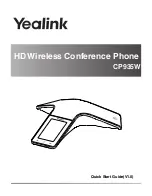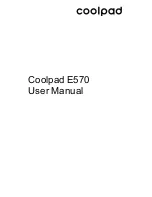
17
your computer (selected by default) 3. Unmount/eject your memory card from
your phone. Note that when your phone is connected to your computer via USB,
you cannot view pictures or play any media stored on the card from your phone.
Internal phone storage: Reports how much internal storage is free.
Date & time
Set time, time zone, and date: Use Automatic unless you need to override the
network values.
Time format: Select from 12 or 24 hour formats.
Date format: Select from a variety of formats.
About phone
View your phone Status: This screen lists a variety of information, including
your phone number, the network you are currently using, the type of network,
signal strength, whether you are roaming or not, any Wi-Fi addresses you
’
re
connected to, and more.
View the model number and version information for your phone.
4 ActiveSync
4.1 Data synchronization
Some Google applications on your phone (Gmail, Calendar, and Contacts) give
you access to the same personal information that you can add, view, and edit on
your computer using Google Web applications. This means that when you add,
change, or delete your information in any of these applications on the Web, the
updated information also appears on your phone, and vice versa. Also, if you
lose your phone or if your phone is destroyed, your personal information is not
lost and will appear, as before, on a replacement phone.
This
mirroring
of
information
happens
through
over-the-air
data
synchronization, or data
“
syncing
”
. Data syncing occurs in the background and
shouldn
’
t ever get in your way. You
’
ll know your data is being synchronized
when you see this icon in the status bar:
Because sending large amounts of data back and forth over the air can take time
and require considerable bandwidth, there are some settings on the phone that
















































